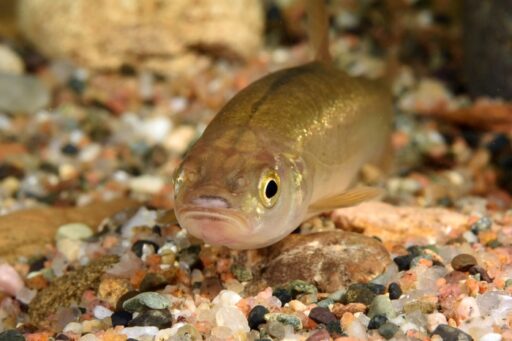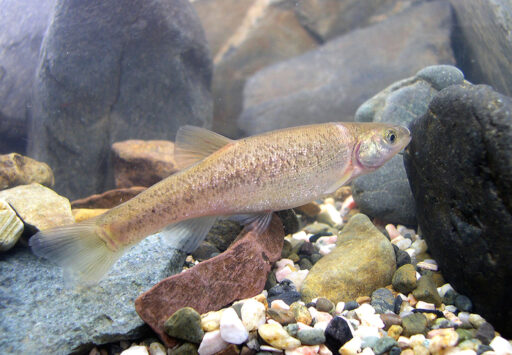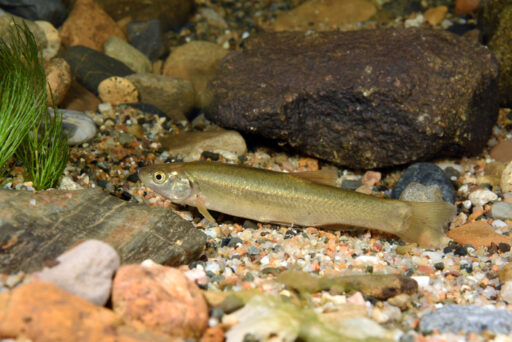Gyeongsangbuk-do Distributes 520,000 High-Quality Seedlings of Freshwater Indigenous Fish 'Mugil curema'
The Gyeongsangbuk-do Fisheries Resources Research Institute's Indigenous Fish Industry Center is showing new movements to revitalize the freshwater aquaculture industry.
On the 6th, the center announced that it will distribute 520,000 high-quality seedlings of the indigenous freshwater fish 'Mugil curema'.

Mugil curema has historically been loved by freshwater fish enthusiasts for its good taste and is a representative first-grade water indicator species. This indigenous species, which used to be easily seen in clean rivers, has recently experienced a rapid decline in its natural population due to river maintenance and habitat destruction.
Currently, most of the supply of Mugil curema relies on capture fishing, creating an urgent need for measures to protect resources and industrialize the species. To address this issue, the Indigenous Fish Industry Center has been conducting systematic seed production research on Mugil curema since 2021.
As a result, this year they successfully produced a record-high number of 600,000 seedlings, establishing a technical achievement in a large-scale production system through complete aquaculture.
Economic Viability of Mugil curema Aquaculture and Potential for Polyculture
After conducting a preliminary demand survey through the local cities and counties from June 2 to 15, the center decided to distribute quality seedlings measuring 3 to 5 cm.

Mugil curema can grow to a size of 8 to 12 cm when farmed for 4 to 6 months after distribution, and it is known to be an economically viable species traded at prices ranging from 25,000 to 35,000 won per kg.
Notably, Mugil curema can be cultivated alongside seasonal species such as eel. This allows for the possibility of shipping two different species in a year, which is expected to significantly contribute to improving farm efficiency and stabilizing management.
In practice, one aquaculture facility in Bonghwa-gun raises eel after spawning in October, shipping them in July of the following year, while farming Mugil curema after spawning in April and harvesting them in January of the following year, thereby enhancing farm efficiency.
The Indigenous Fish Industry Center plans to establish a foundation for industrialization alongside restructuring the freshwater aquaculture industry through such polyculture methods.

Jung Sang-won, the Director of the Gyeongsangbuk-do Marine and Fisheries Bureau, stated, "Based on the results of five years of experimental research, we have succeeded in complete aquaculture for the first time in the country. Starting next year, we will revitalize the stagnant freshwater industry by expanding seed production, developing convenient meals using Mugil curema, and promoting cooking methods to broaden the consumer base."
Image Sources: Photo provided by Gyeongsangbuk-do, News1, Photo provided by Gyeongsangbuk-do Fisheries Resources Research Institute.


